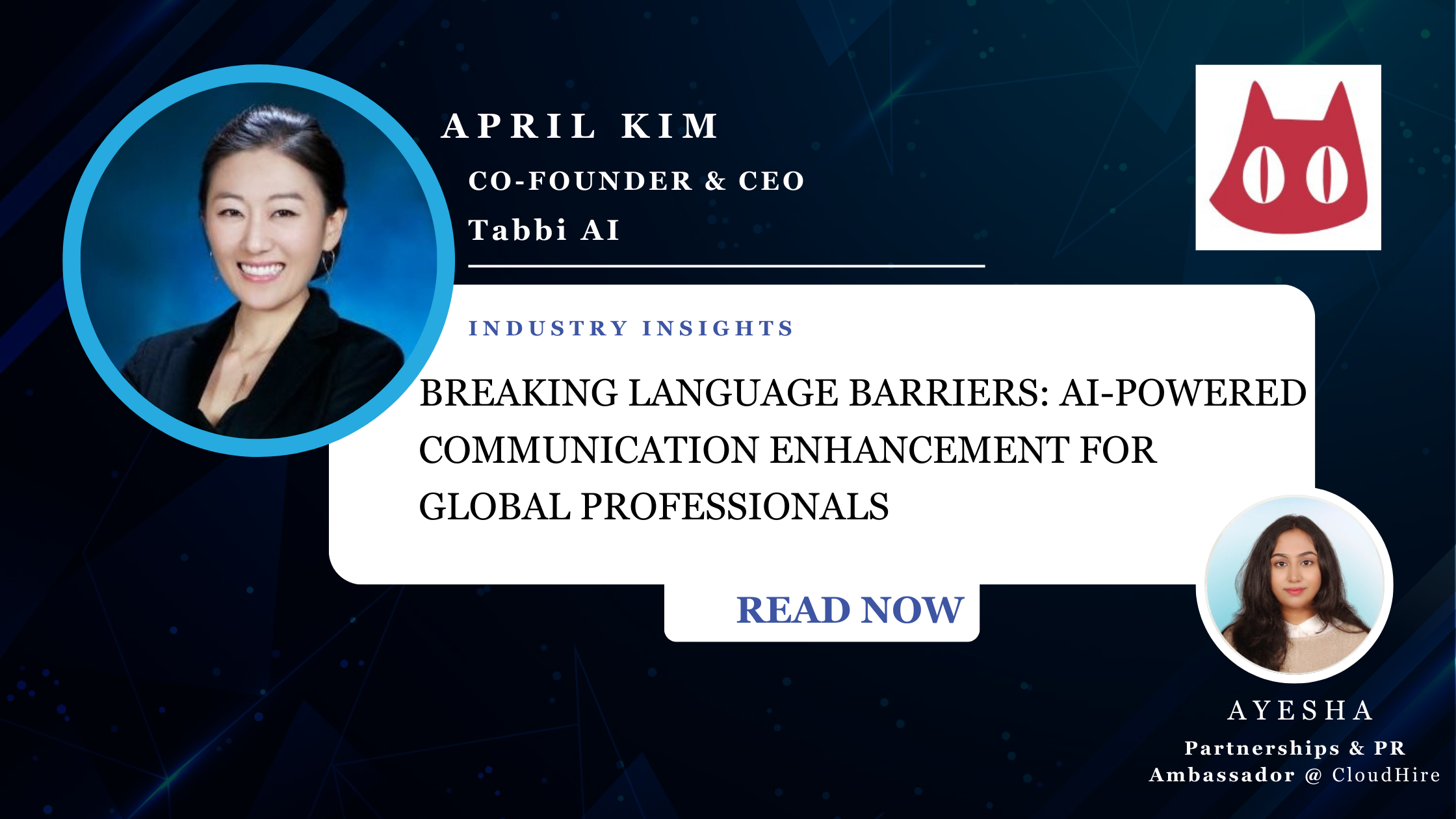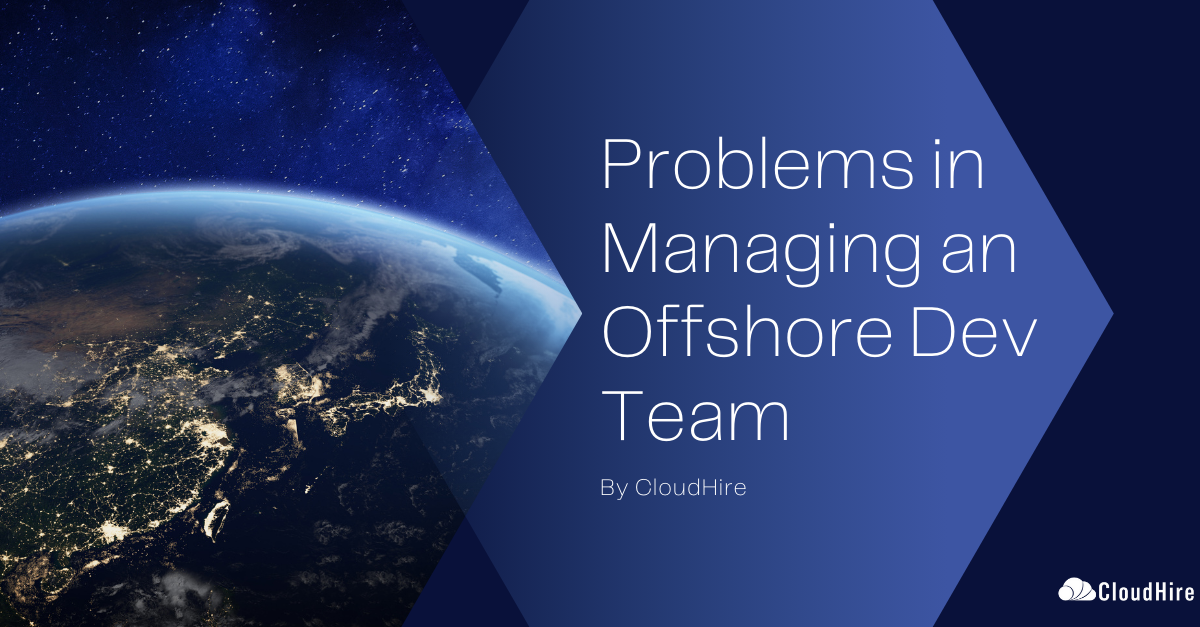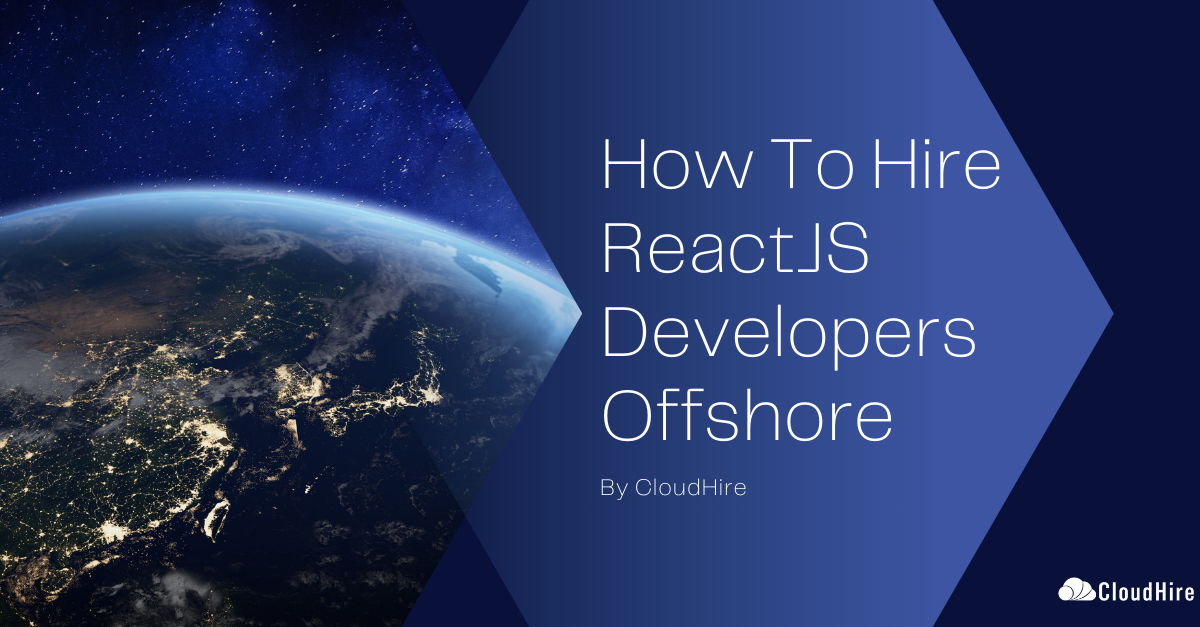In today’s interconnected global economy, effective communication is more crucial than ever. As businesses expand across borders, the ability to articulate ideas clearly and confidently in a common language – often English – can make or break professional relationships and career opportunities. However, for the estimated 2 billion non-native English speakers in the professional world, language barriers can present significant challenges. This article explores how innovative AI-powered solutions are addressing these challenges, with insights from April Kim, Co-Founder and CEO of Tabbi AI.
The Communication Conundrum
For many global professionals, the struggle to communicate effectively in a non-native language extends beyond simple translation. It encompasses nuances in expression, cultural context, and the confidence to engage fully in professional settings. April Kim, drawing from her personal experiences as a non-native English speaker, highlights how these challenges can hinder individuals from reaching their full potential in the workplace.
Common obstacles include:
- Difficulty in expressing complex ideas with precision
- Lack of confidence in speaking up during meetings or presentations
- Misunderstandings due to cultural or idiomatic differences
- Time lost in composing and revising written communications
- Limited participation in informal workplace conversations
These challenges not only affect individual performance but can also impact team dynamics and overall organizational productivity. As companies increasingly rely on diverse, multinational teams, addressing these communication barriers becomes a strategic imperative.
AI as a Communication Enhancer
Emerging AI technologies are offering promising solutions to these long-standing issues. Tabbi AI is leveraging advanced language models and machine learning algorithms to provide real-time assistance for non-native speakers. It goes beyond simple translation or grammar correction, offering contextualized language enhancement that helps users communicate more naturally and confidently.
Key features of Tabbi AI include:
- Real-time writing assistance with grammar and style suggestions
- Speech recognition and pronunciation feedback
- Contextual translation that considers industry-specific terminology
- Personalized learning based on individual user patterns and mistakes
- Integration with everyday communication tools for seamless use
April Kim emphasizes that the goal of such technologies is not to replace human learning but to augment it, providing support in real-world scenarios where traditional language learning methods fall short.
Overcoming Implementation Challenges
While the potential of AI-powered communication tools is significant, their successful implementation in professional settings can be challenging. Tabbi AI identifies them to be the following:
- Privacy and data security concerns: Organizations must ensure that sensitive communications are protected when using third-party AI tools. Tabbi AI addresses this by focusing on individual user data rather than organizational data. The platform tracks personal language patterns and mistakes, creating a personalized learning experience without compromising sensitive company information.
- Integration with existing workflows: For maximum adoption, these tools need to seamlessly integrate with commonly used communication platforms and productivity suites. Tabbi AI is designed to be used alongside daily activities, such as writing emails or preparing for meetings. This approach ensures that users can improve their language skills without disrupting their regular workflow.
- Customization for industry-specific needs: Different sectors may require specialized vocabularies and communication styles that AI models need to adapt to. By continuously analyzing user data, Tabbi AI can identify common patterns and mistakes specific to different language groups or professional sectors. This allows for the development of more targeted and relevant language assistance.
- Balancing AI assistance with authentic communication: There’s a need to ensure that AI tools enhance rather than overshadow an individual’s unique voice and ideas. Tabbi AI provides two versions of corrections – one that’s grammatically correct and another that reflects how a native speaker might express the same idea. This approach helps users understand both the rules and the nuances of language, preserving their authentic voice while improving their communication.
- Addressing potential over-reliance: Companies must strike a balance between providing support and encouraging ongoing language skill development. Tabbi AI incorporates gamification elements, such as challenges and quizzes, to make continuous learning engaging and fun. This approach encourages users to actively participate in their language development rather than passively relying on the tool.
To address these challenges, April Kim suggests a phased approach to implementation, starting with pilot programs in specific departments or teams. This allows organizations to assess the impact, gather feedback, and refine their approach before a wider rollout.
The Human Touch in AI Implementation
While AI technology forms the backbone of these communication enhancement tools, the human element remains crucial in their effective deployment. This is where companies like CloudHire, a global remote staffing company, can play a pivotal role. By leveraging their expertise in talent search and remote staffing, CloudHire can help organizations identify and onboard professionals who are not only skilled in their respective fields but also adept at using AI-powered communication tools.
CloudHire’s approach to remote staffing aligns well with the needs of companies implementing AI communication solutions. Their focus on finding talent that can thrive in diverse, global teams makes them an ideal partner for organizations looking to break down language barriers and enhance cross-cultural communication.
Measuring Success and ROI
To justify investment in AI-powered communication tools, organizations need clear metrics for success. April Kim recommends focusing on both quantitative and qualitative measures:
Quantitative metrics:
- Reduction in time spent on written communications
- Increase in participation rates during meetings and presentations
- Improved scores on standardized language proficiency tests
Qualitative metrics:
- Enhanced confidence levels reported by non-native speakers
- Improved clarity and effectiveness of inter-team communications
- Increased willingness to take on client-facing roles or international assignments
By tracking these metrics, companies can demonstrate the tangible benefits of AI-enhanced communication on both individual performance and overall organizational effectiveness.
Future Trends and Opportunities
As AI technology continues to evolve, we can expect even more sophisticated communication enhancement tools. April Kim envisions features like real-time listening assistance for meetings and automatic summarization of group discussions, further leveling the playing field for non-native speakers in professional settings.
Moreover, the data gathered by these AI tools could provide valuable insights into common communication patterns and challenges across different language groups. This information could be used to develop more targeted language training programs and inform cross-cultural communication strategies.
Conclusion: Empowering Global Talent
In an era where talent knows no borders, empowering professionals to communicate effectively regardless of their native language is not just a nice-to-have – it’s a competitive necessity. AI-powered communication enhancement tools, like those developed by Tabbi AI, represent a significant step forward in breaking down language barriers and unleashing the full potential of global talent.
As April Kim aptly puts it, the goal is to create a future where language differences no longer hinder one’s ability to contribute fully in the workplace. By embracing these technologies and implementing them thoughtfully, organizations can create more inclusive, productive, and truly global work environments.
For companies looking to stay ahead in the global talent market, partnering with forward-thinking staffing solutions like CloudHire can provide access to a diverse pool of professionals who are ready to thrive in this AI-enhanced communication landscape. As we move towards this more connected and articulate future, the possibilities for innovation and collaboration are boundless.








